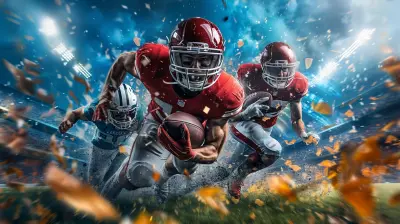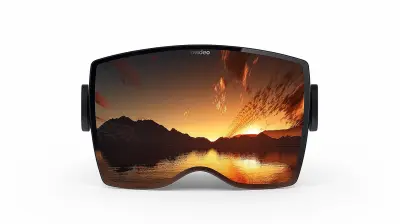Crafting Epic Moments: The Magic of Esports Event Production
9 October 2025
Esports is no longer just a niche hobby tucked away in basements. It's a multi-billion-dollar industry with flashy, arena-filling tournaments, jaw-dropping production value, and millions of fans worldwide. While the players may be the stars of the show, have you ever stopped to think about the unsung heroes behind all the glitz and glamour? Yep, I’m talking about the production teams—the masterminds who turn gaming events into epic spectacles.
Esports event production is like pulling off a high-wire act. It's a precarious balancing act between creativity and execution, between technical precision and theatrical flair. So, what exactly goes into making an esports tournament feel like a Hollywood blockbuster? Buckle up, because we’re about to dive headfirst into this pixelated rabbit hole!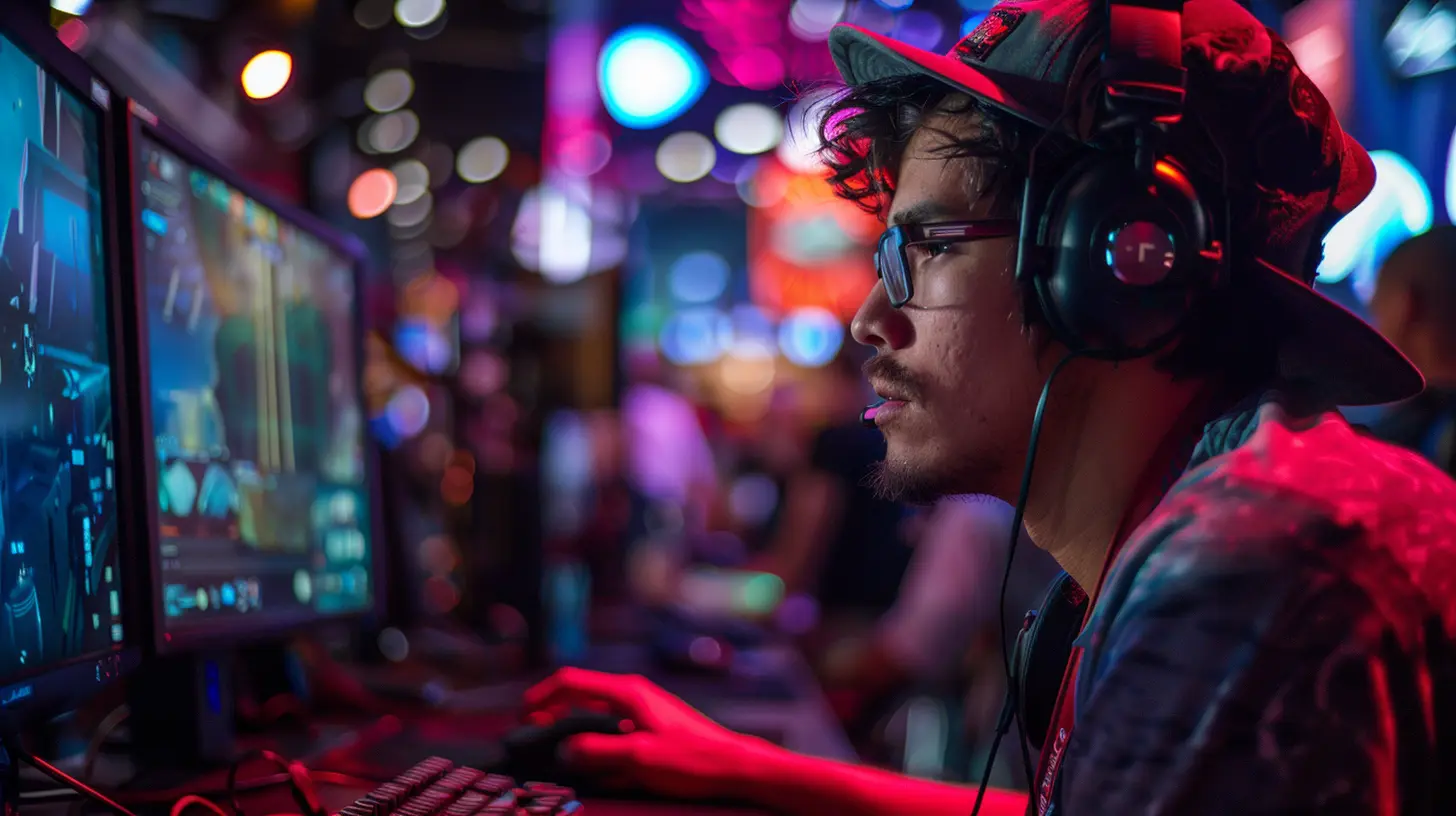
The Building Blocks of Esports Magic
Before we get into the nitty-gritty, let’s break this down. Esports production isn’t just about pressing “record” and calling it a day. Nope, it’s so much more intricate than that. Imagine baking a cake—every layer, every sprinkle, and every dollop of frosting matters. The same goes for esports events.Here are some key ingredients that make up the perfect recipe for a mind-blowing esports event:
1. The Venue – Where all the magic happens.
2. The Tech – Lights, cameras, and pixels galore.
3. The Story – Because every tournament needs heroes and villains.
4. The Fans – Let’s be real, they’re the lifeblood of it all.
5. The People Behind the Curtain – The wizards making it all work.
Let’s unpack these, shall we?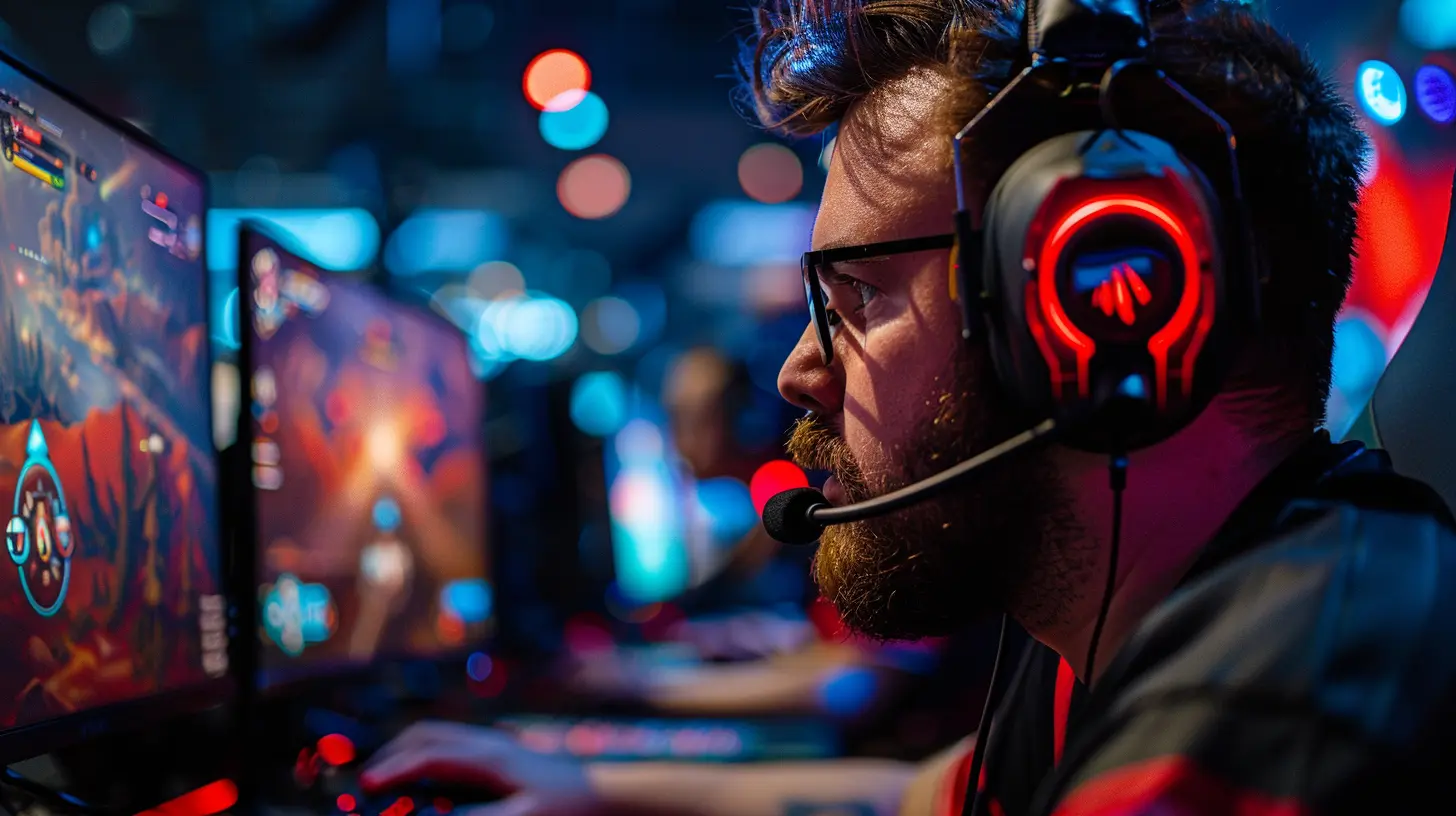
Setting the Stage: Picking the Perfect Venue
First impressions matter, right? The venue is the first thing that greets fans, players, and even broadcasters. From colossal arenas packed with roaring fans to smaller, intimate setups for niche esports titles, the choice of venue sets the tone for everything.Ever been inside a venue that feels like an actual video game level? That’s not an accident. Esports productions often theme their setups based on the game being played. A MOBA event? Expect lush, fantasy-inspired visuals. A futuristic FPS? Neon lights and a cyberpunk vibe, baby.
But it’s not just about aesthetics. Logistical considerations like seating arrangements, access to high-speed internet (spoiler: it’s non-negotiable), and even power supply play a huge role. Oh, and don’t forget the screens! The bigger, the better. These are the windows into the action for thousands of fans sitting hundreds of feet away from the stage.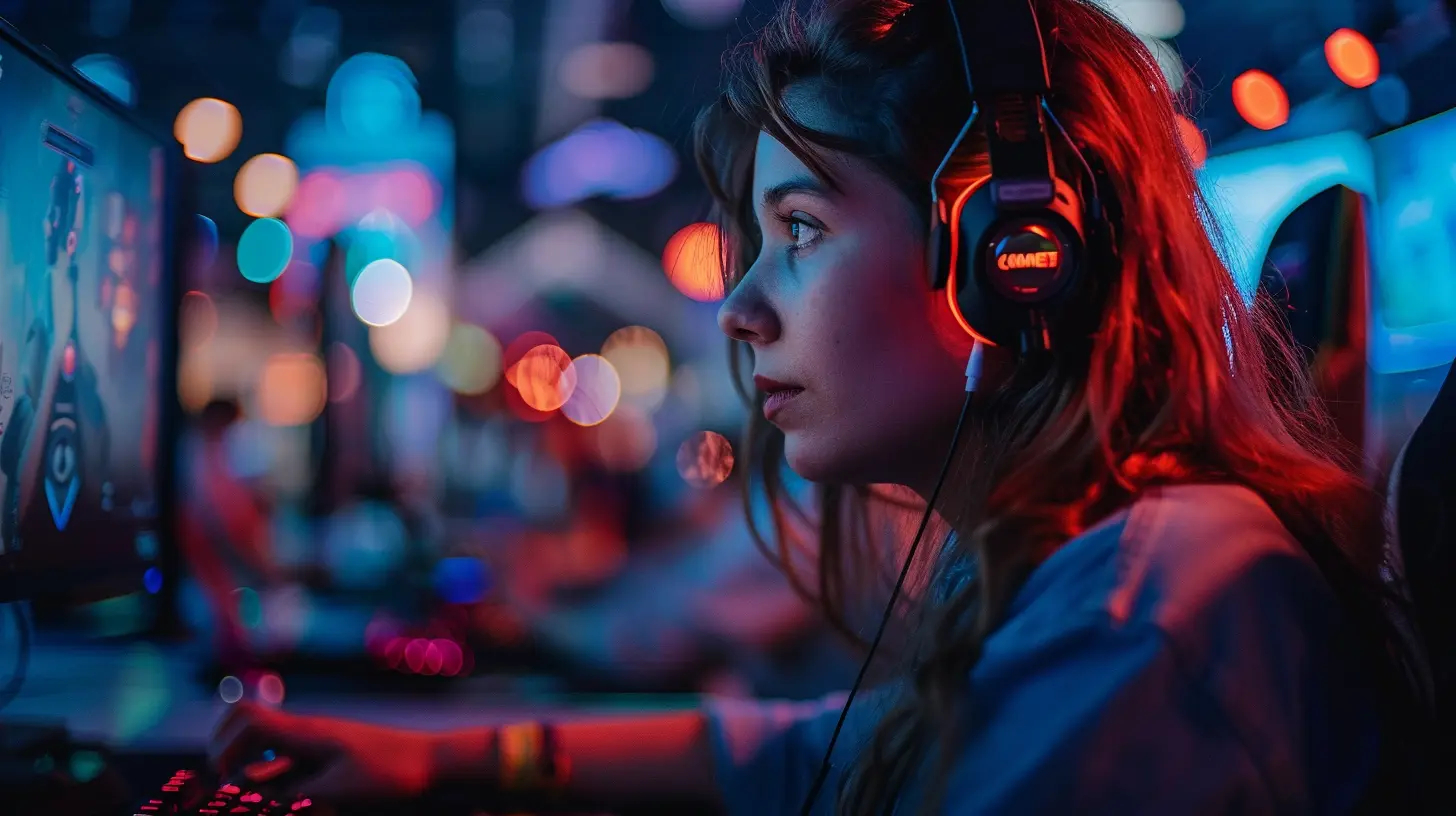
Tech Wizards: Behind the Scenes of Esports Production
Here’s where things get a little nerdy—technology. Wanna know a secret? The tech involved in esports production makes rocket science look like a kindergarten project (okay, maybe that’s an exaggeration…but only a little).Cameras and Angles Galore
If you thought your gaming setup at home was impressive, wait till you see the camera rigs at an esports event. We’re talking about multiple camera operators stationed across the venue, all working in harmony to capture the glory (and sometimes the agony) of the players. From wide-angle stage shots to tight, emotional close-ups of players’ faces during clutch moments, every angle is meticulously planned.And then we have in-game spectating. Oh boy, this is where the magic really happens. Professional observers (yes, that’s a real job title) fly through the game world, capturing everything from epic plays to sneaky flanks. It’s like being a virtual cameraman, and trust me, it’s no easy feat!
Audio – The Unseen Hero
You know that satisfying sound of a headshot in CS:GO or the booming ultimates in League of Legends? That’s no coincidence. Audio engineers make sure every gunshot, explosion, and announcer line is perfectly synced and mixed. Without audio, esports would feel…empty.Also, let’s not forget those hype-inducing commentator voices, aka casters. Their energy, timing, and sometimes meme-worthy quips are vital to bringing the action to life. (Pro tip: A great caster can turn even a snooze-fest match into a nail-biter.)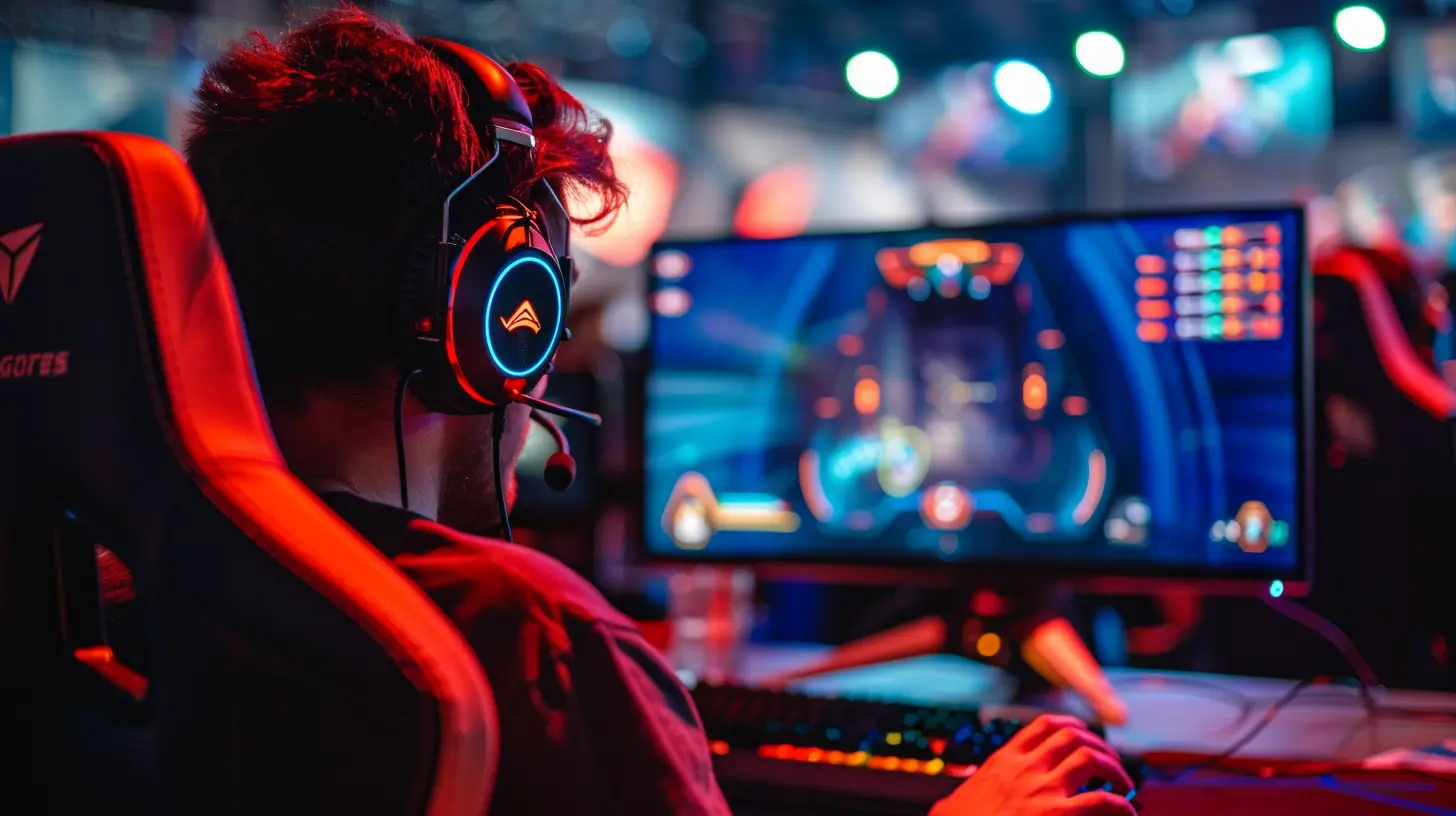
Storytelling: Turning Games Into Drama
Here’s the thing: esports events aren’t just tournaments. They’re stories. And every story has a plotline, characters, and unforgettable moments. Production teams go to great lengths to ensure that the drama unfolds just right.The Heroes and Villains
Every esport has its fan-favorite players and teams. Think Faker in League of Legends or s1mple in CS:GO. These players are painted as the protagonists of the story. But what’s a hero without a rival? You need villains, the underdogs, and the comeback kings to keep things spicy.Pre-Game Hype
Ever seen one of those pre-game videos that make you want to run through a wall? That’s the production team’s doing. Slo-mo shots, epic music, player interviews—it’s all carefully crafted to build anticipation for the match ahead. It’s like the montage before a big fight in a sports movie. Goosebumps all around.The Match Narrative
During the match, it’s all about the ebb and flow of the game. Is one team absolutely dominating? Is there a clutch comeback on the horizon? Observers, casters, and even the crowd contribute to telling the story in real time.The Fan Experience: More Than Just Watching
Let’s not forget the MVPs of any esports event—the fans. Whether they’re screaming their lungs out in the venue or spamming “PogChamp” in Twitch chat, the fans are what make these events truly electric.Live Audiences
There’s something magical about hearing a crowd erupt when a player pulls off a 1v5 clutch. Or when thousands of people chant a team’s name in unison. It’s spine-tingling, and trust me, even the most introverted among us can’t help but get swept up in the energy.Online Viewership
For those watching from home, the experience needs to be just as immersive. Production teams juggle a gazillion things, from overlay graphics to live replays, to ensure the action is clear and engaging. Ever noticed those cool stats that pop up during a match? Or the instant slo-mo replays of insane plays? Yep, that’s all part of the plan.The Overtime Grind: The Unsung Heroes
Finally, let’s talk about the real MVPs—the production crew. These folks work around the clock to ensure everything runs like a well-oiled machine.There’s the director, calling the shots (literally), the technical team, troubleshooting every hiccup that arises, and the stage crew, ensuring the event looks flawless. And let’s not forget the graphic designers, writers, and social media teams creating content to keep fans engaged before, during, and after the event.
To put it in gaming terms, they’re like the support players—they don’t always get the glory, but they’re the reason the team wins.
Why Esports Event Production Matters
Let’s zoom out for a second. Why does all of this matter? Because esports events are more than just games. They’re celebrations of culture, competition, and community. The production is what elevates them from something you casually watch to something you remember.Think about it. A well-produced esports event sticks with you. It’s the reason people reminisce about Faker’s legendary Zed outplay or the time Bugha dominated the Fortnite World Cup. It’s the moments, the drama, and the sheer magic of it all.
Wrapping It Up
Esports event production is an art form. It’s equal parts technical wizardry and emotional storytelling. It’s about creating unforgettable moments that leave fans cheering, players inspired, and even casual spectators saying, “Wow, that was epic.”So, the next time you’re watching an esports tournament, take a moment to appreciate everything happening behind the scenes. From the camera angles to the light displays, from the casters hyping up the audience to the unsung heroes in the production booth, it’s all crafted to give you an experience you’ll never forget.
Because in the end, that’s what esports is all about—crafting epic moments.
all images in this post were generated using AI tools
Category:
Gaming EventsAuthor:

Leif Coleman
Discussion
rate this article
1 comments
Darby McGhee
Thank you for highlighting the artistry behind esports event production! It’s incredible to see how these moments unite fans and players, creating cherished memories that resonate long after the games end.
October 10, 2025 at 3:57 PM

Leif Coleman
Thank you for your thoughtful comment! I’m glad you appreciated the artistry in esports event production and its power to unite fans and players.
